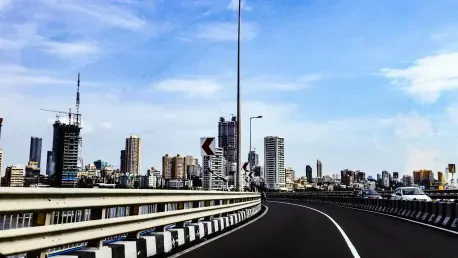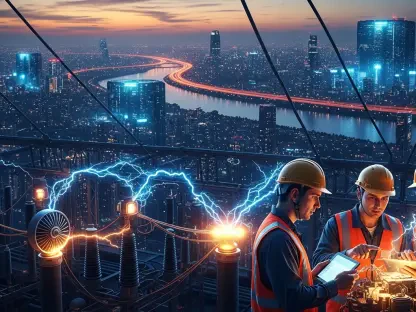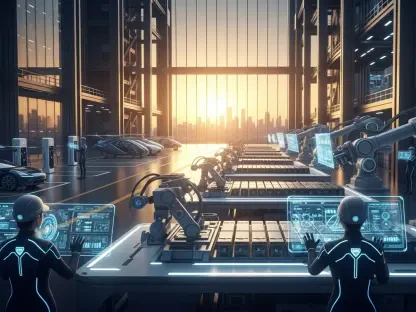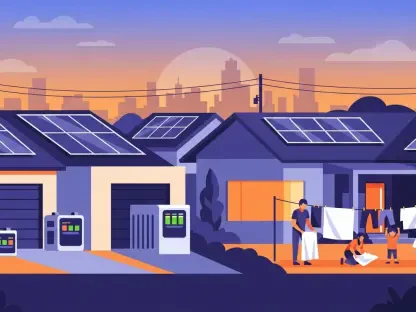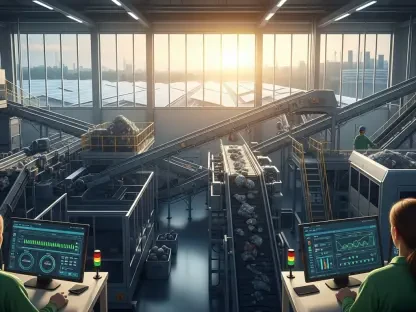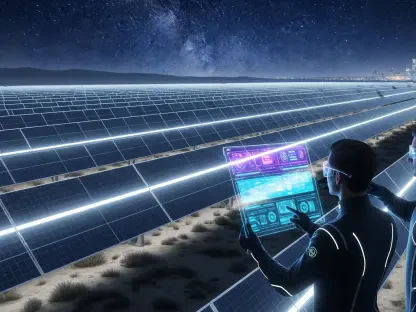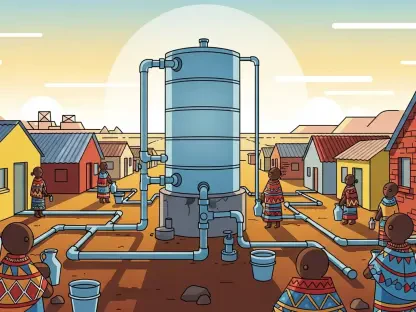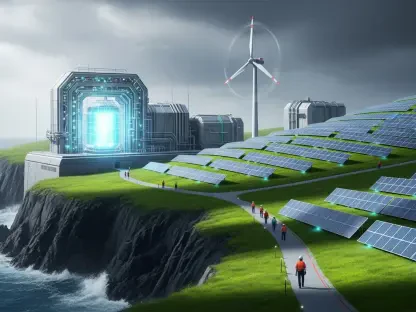In a region often overshadowed by geographical isolation and historical underdevelopment, Northeast India has emerged as a focal point of transformative initiatives under Prime Minister Narendra Modi’s leadership. The strategic emphasis on this area reflects a concerted effort to bridge long-standing gaps in infrastructure, economic opportunities, and cultural integration. A recent visit to Arunachal Pradesh and Tripura underscores this commitment, spotlighting projects that span renewable energy, tourism, and heritage preservation. These endeavors are not merely isolated developments but part of a broader vision to position the Northeast as a vital component of India’s growth story. By addressing both material and cultural needs, the government aims to ensure that border states are woven into the national fabric, fostering a sense of inclusion and progress. This approach signals a shift toward sustainable development, with an eye on regional security and economic integration, setting the stage for a deeper exploration of the driving forces behind these initiatives.
Harnessing Natural Resources for Sustainable Growth
The push for development in Northeast India prominently features the utilization of natural resources, particularly in Arunachal Pradesh, where hydropower projects have taken center stage. Valued at ₹3,700 crore, these initiatives aim to tap into the state’s abundant river systems to enhance renewable energy production. This move aligns seamlessly with India’s broader climate goals, emphasizing clean energy as a cornerstone of national policy. Beyond environmental benefits, the projects promise significant economic impact by creating jobs for local communities and stimulating growth in a region long challenged by limited opportunities. Local leaders, including Chief Minister Pema Khandu, have voiced strong support, highlighting the potential for improved infrastructure and energy security. The vision is clear: transforming Arunachal Pradesh into a green energy hub that not only meets domestic needs but also positions the state as a key player in India’s sustainable future.
Equally important is the strategic dimension of these hydropower initiatives, which extend beyond mere energy production to address regional disparities. By investing heavily in such projects, the government seeks to reduce the Northeast’s dependency on external resources while fostering self-sufficiency. This effort is expected to bolster national energy security, a critical concern for a country with growing demands. Additionally, the economic ripple effects are anticipated to attract further investments, paving the way for ancillary industries and improved living standards. Community optimism reflects a shared belief that these projects will bridge the developmental gap between the Northeast and other parts of India. The focus on sustainability ensures that growth does not come at the expense of environmental degradation, striking a balance that could serve as a model for other resource-rich yet underdeveloped regions across the country.
Elevating Cultural and Religious Tourism
Another key pillar of development in the Northeast is the promotion of cultural and religious tourism, as evidenced by efforts in Tripura. The redevelopment of the Mata Tripura Sundari Temple Complex in Udaipur stands out as a flagship project designed to modernize facilities and enhance visitor experiences. Recognized as a significant Shakti Peetha, the temple attracts thousands of pilgrims each year, and the renovation is poised to amplify its appeal. Improved infrastructure in the surrounding area is expected to support an influx of tourists, boosting the local economy. Tripura Chief Minister Manik Saha has described this initiative as a landmark for regional progress, anticipating benefits that extend to both community engagement and investor interest. The project underscores a commitment to preserving cultural heritage while leveraging it as an engine for economic vitality.
This focus on tourism also reflects a nuanced strategy to integrate cultural preservation with modern development needs. By enhancing access and amenities at sacred sites like the Mata Tripura Sundari Temple, the government aims to position Tripura as a premier destination for spiritual and cultural exploration. The anticipated rise in visitor numbers is likely to spur demand for local services, from hospitality to handicrafts, thereby creating a sustainable economic ecosystem. Moreover, such initiatives foster a sense of pride among residents, reinforcing the importance of heritage in the national consciousness. The dual emphasis on modernization and tradition ensures that development resonates with local values, encouraging active community participation. This approach not only addresses immediate economic needs but also builds a foundation for long-term cultural and financial prosperity in the region.
Strengthening Regional Connectivity and Security
A critical driver behind the development push in Northeast India is the enhancement of connectivity and strategic integration, particularly in border states like Arunachal Pradesh and Tripura. Over recent years, substantial investments have been directed toward highways, air links, and rail networks to overcome the region’s historical isolation. These infrastructure improvements are vital for economic growth, enabling smoother movement of goods and people. They also align with India’s “Act East Policy,” which seeks to strengthen ties with neighboring countries while bolstering regional security. The focus on connectivity ensures that these states are not peripheral to national progress but integral to it, fostering economic opportunities and reinforcing strategic importance in a geopolitically sensitive area.
Beyond physical infrastructure, the emphasis on regional security through development highlights a broader vision of stability and integration. By prioritizing economic projects in border areas, the government aims to mitigate historical challenges such as insurgency and underdevelopment, which have often stemmed from neglect. Enhanced connectivity facilitates better governance and resource distribution, ensuring that benefits reach even the most remote communities. This holistic approach also serves as a deterrent to external vulnerabilities, strengthening national cohesion. Local enthusiasm for these initiatives suggests a growing trust in central policies, with residents viewing improved infrastructure as a pathway to inclusion. The synergy of economic and strategic goals in this development push illustrates a comprehensive plan to transform the Northeast into a hub of opportunity and resilience.
Paving the Way for Long-Term Transformation
Reflecting on the impactful visit to Arunachal Pradesh and Tripura, it becomes evident that the initiatives launched mark a turning point for Northeast India. The hydropower projects in Arunachal Pradesh set a precedent for sustainable resource utilization, while the temple redevelopment in Tripura elevates the region’s cultural profile. These efforts under the “Act East Policy” demonstrate a balanced approach to growth, intertwining economic progress with heritage conservation. Local leaders and citizens alike express hope for enduring change, seeing these projects as catalysts for employment and connectivity. Looking ahead, the focus should shift to ensuring timely implementation and community involvement in these initiatives. Expanding similar projects to other Northeastern states could further amplify impact, while continuous dialogue with locals will help tailor development to specific needs. Prioritizing monitoring and adaptability in policy execution will be key to sustaining momentum and truly integrating the region into India’s national vision.
